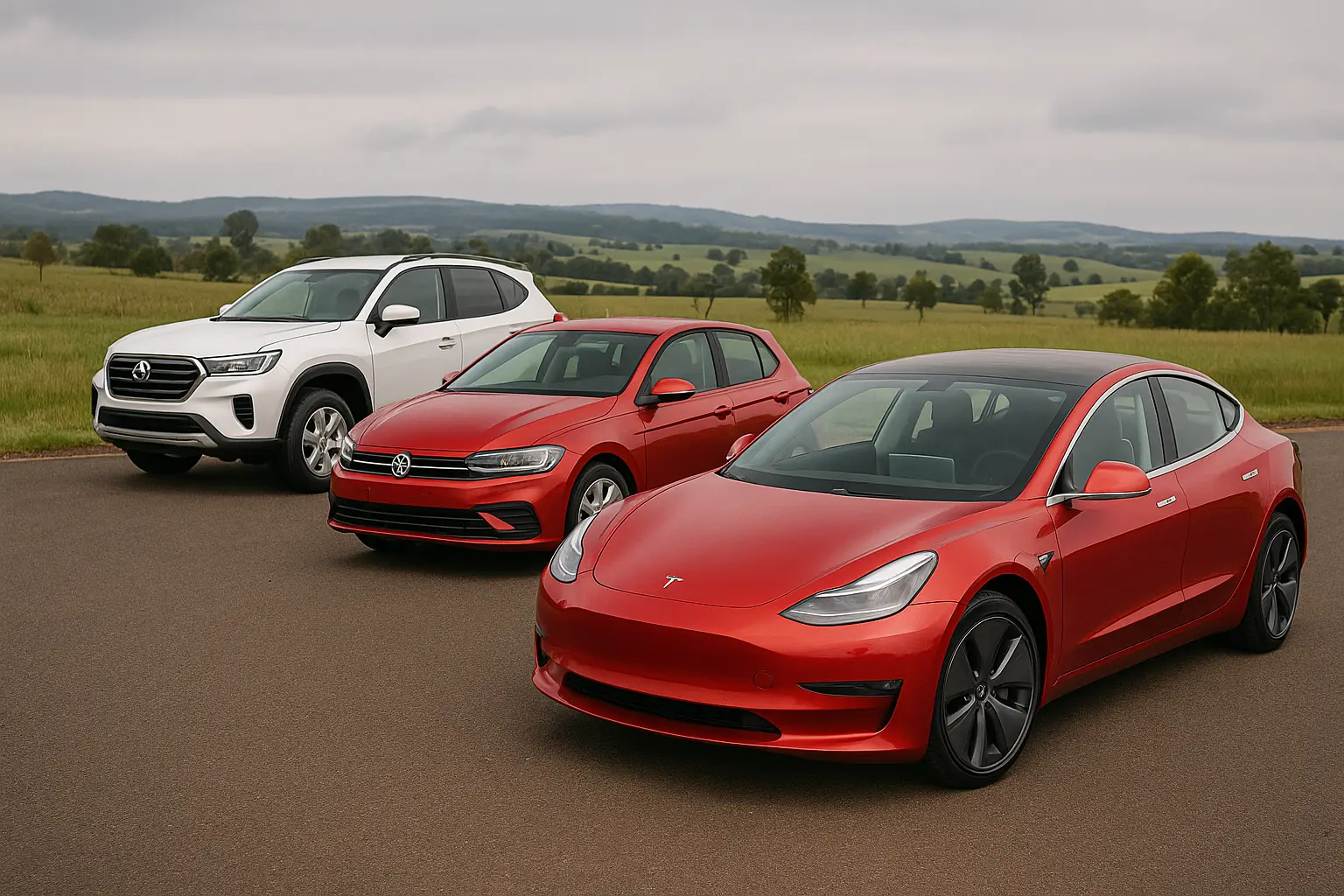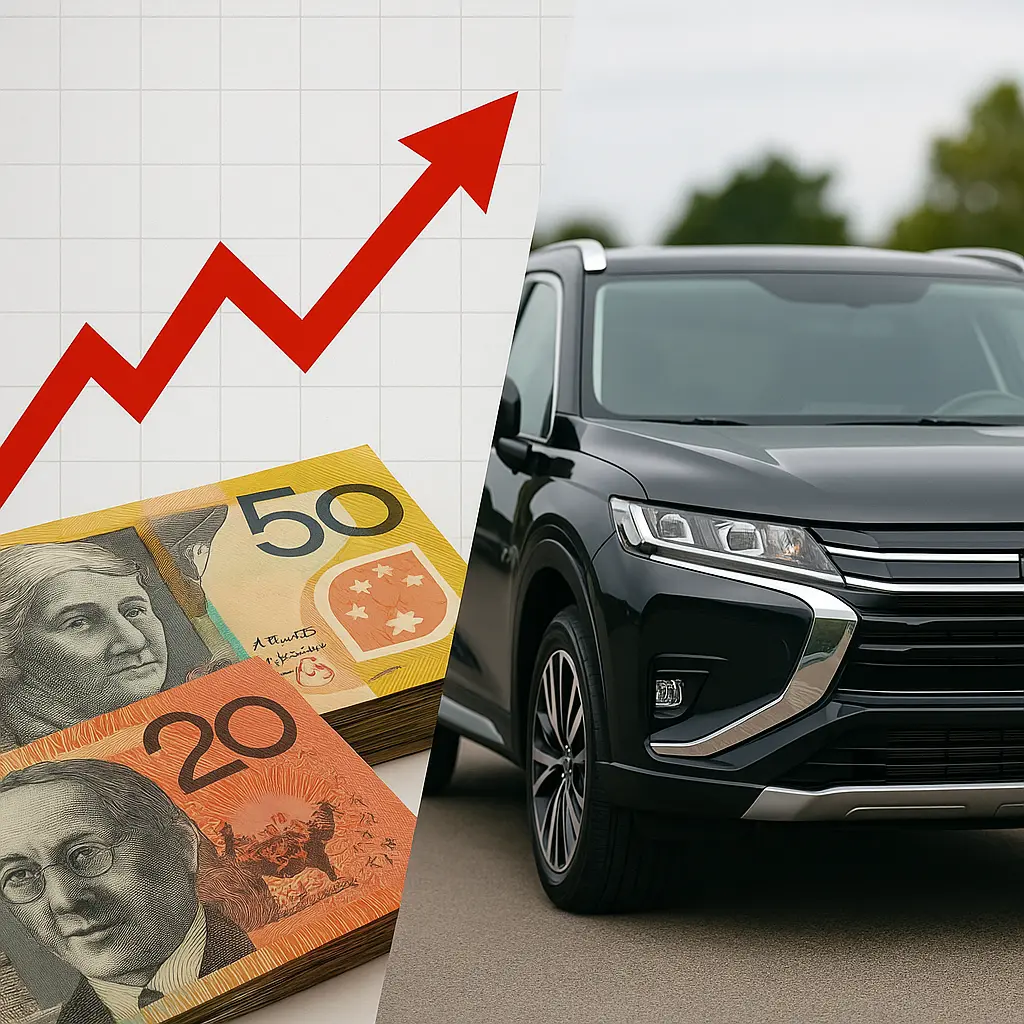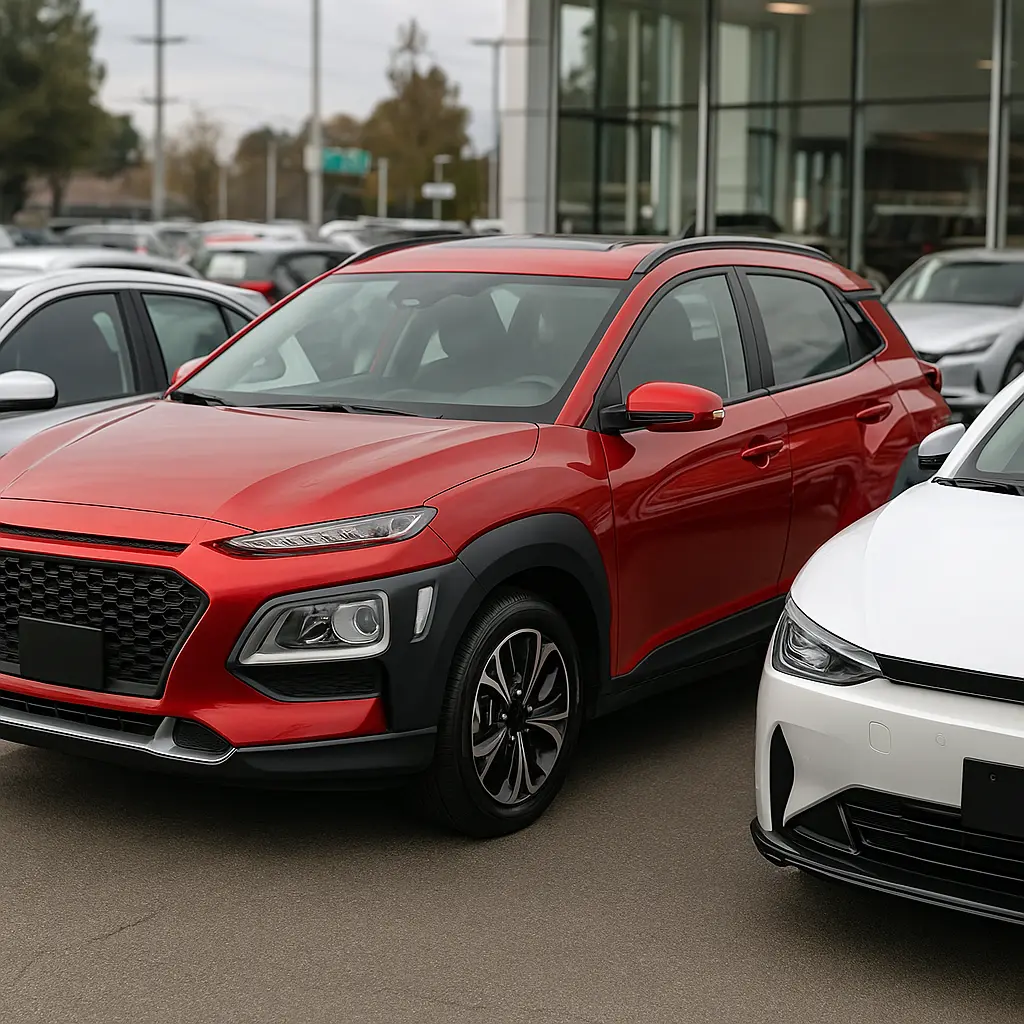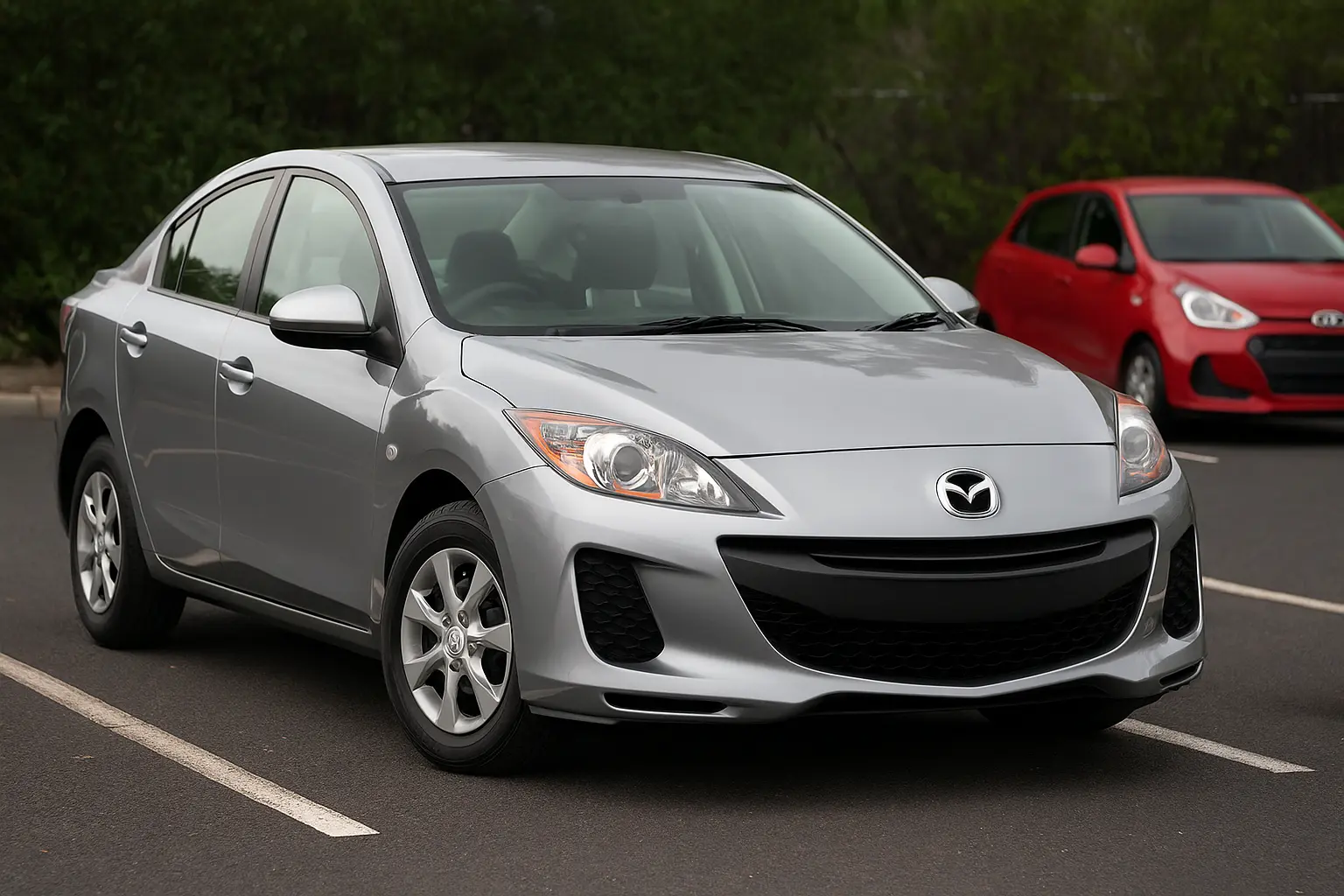How Inflation Is Affecting New Car Prices in Australia – 2025 Report

Introduction: Why Are New Cars Getting More Expensive in 2025?
If you've browsed showroom floors or scrolled through online car listings lately, you've probably noticed the prices of new cars in Australia have shot up significantly. You're not imagining things. From hatchbacks to luxury SUVs, the cost of new vehicles in 2025 has been driven up by a powerful economic force — inflation.
Inflation, simply put, means your money buys less than it did before. In the context of the auto market, this has translated to higher manufacturing costs, expensive imports, and added pressure on household budgets.
This detailed report dives into how inflation is affecting new car prices in Australia in 2025, what trends are emerging, and how consumers can still find value despite rising costs.
1. What’s Driving Car Price Inflation in Australia?
A. Global Supply Chain Woes
Although some pandemic-related issues have eased, the global supply chain hasn’t fully recovered. Shortages in semiconductors, steel, lithium for EV batteries, and other vital car components have led to production slowdowns and higher costs for manufacturers.
B. Increased Shipping and Logistics Costs
Transporting vehicles across the globe now costs more due to fuel price hikes, port delays, and freight backlogs. Australia, being geographically isolated, is especially vulnerable to rising international shipping expenses.
C. Australian Dollar Instability
A weakening Australian dollar compared to the U.S. dollar and Euro has inflated the cost of importing vehicles and components from overseas — which includes almost every new car on the market.
D. Rising Labour Costs
Labour shortages and wage inflation across logistics, manufacturing, and even local dealership networks have contributed to overall price hikes.
2. Real-World Car Price Increases in 2025 – What We’re Seeing
Let’s break down what consumers are actually paying now compared to just a year or two ago.
| Car Segment | Average Price in 2023 | Average Price in 2025 | % Increase |
|---|---|---|---|
| Small Hatchbacks | $23,000 | $27,000 | +17% |
| Mid-size Sedans | $35,000 | $41,000 | +17% |
| SUVs | $45,000 | $52,000 | +15% |
| Utes | $55,000 | $63,000 | +14% |
| EVs | $58,000 | $68,000 | +17% |
In short, most new car categories have seen 10–20% price hikes over just two years.
3. Which Vehicles Are Hit the Hardest?
A. Electric Vehicles (EVs)
While demand for EVs is soaring, supply hasn’t kept up. Battery production costs have remained stubbornly high due to global demand for lithium and cobalt. Brands like Tesla, Hyundai, and BYD have adjusted pricing upward to reflect their increased manufacturing expenses.
B. Imported European Models
Luxury carmakers from Europe — think Audi, BMW, Mercedes-Benz — have significantly upped their Australian RRPs. Increased freight costs, EU inflation, and currency conversion losses have made Euro imports some of the most inflated in price.
C. New Generation Models
The arrival of facelifted or next-gen versions often comes with a price premium, as manufacturers integrate more safety tech, hybrid or mild hybrid systems, and infotainment upgrades.
4. Are Budget Cars Still Affordable in 2025?
Yes — but just barely.
Models like the Kia Picanto, MG3, and Suzuki Swift remain under the $25K threshold, but many previous budget favourites (e.g., Toyota Corolla, Hyundai i30) now creep past $30K with on-road costs.
Consumers are also seeing fewer base-model trims in dealer lots. Manufacturers prefer to stock mid to high-spec versions with higher margins, nudging up the entry cost for new buyers.
5. Financing and Insurance – Two More Pain Points
A. Car Loan Interest Rates
Thanks to rising interest rates from the RBA, finance deals that used to hover around 3–5% have climbed closer to 6–9% in 2025. This means you're not just paying more for the car — you’re paying more to borrow money to buy it.
B. Insurance Premium Hikes
Comprehensive car insurance premiums have jumped by 10–20% across most categories due to increased repair costs, higher vehicle values, and climate-related risk models (e.g., floods, hail).
For example:
A Toyota RAV4 insured in 2023 at $1,250/year might now cost closer to $1,450/year in 2025.
6. Demand vs Supply – The Tug of War Continues
Australia’s appetite for new cars hasn’t died down, especially for SUVs and utes. But with slow global production and limited dealer stock, demand continues to outpace supply. This gives dealers more pricing power — fewer discounts, fewer drive-away deals, and longer wait times.
You may have seen:
Toyota HiLux and Ford Ranger waiting periods still stretching up to 6 months.
Dealer mark-ups on in-demand EVs like the Tesla Model Y and Kia EV9.
Fewer “end-of-year clearance” sales from major manufacturers.
7. Second-Hand Car Prices Still Holding Firm
Used cars, which surged in value during COVID due to supply shortages, are still expensive in 2025. While prices have softened slightly compared to the 2021–2022 peak, the lack of affordable new car alternatives continues to prop up second-hand vehicle demand.
Popular used models with strong resale value include:
Toyota LandCruiser
Mazda CX-5
Subaru Forester
Toyota Corolla Hybrid
Isuzu D-MAX
8. Car Buyer Tips: How to Find Value Despite Inflation
Despite the pricing pressure, Aussie buyers can still score value with the right strategy:
A. Consider Mild Hybrids
Mild hybrids like the Toyota Corolla Cross or Suzuki Vitara Hybrid offer lower running costs and tax benefits without the high price tag of plug-in EVs.
B. Look for Dealer Demos
Demo cars come with low kilometres and factory warranty but offer $2,000–$8,000 savings compared to a brand-new version.
C. Expand Your Brand Horizon
Don't overlook newer players like:
BYD (e.g., Dolphin, Seal)
GWM Haval Jolion and Tank 300
MG4 EV
They often deliver more features for less.
D. Buy at the Right Time
Watch for:
EOFY sales (June)
Plate clearance events (January–February)
Manufacturer runout sales on outgoing models
9. What the Future Holds – Will Prices Settle Down?
There’s cautious optimism that new car prices may stabilise by late 2025 or 2026. Reasons include:
Battery costs for EVs are expected to fall.
Semiconductor supply is improving.
Manufacturers may localise production or diversify sourcing.
However, with ongoing geopolitical tension, uncertain interest rate trends, and environmental policy shifts, buyers should prepare for long-term pricing uncertainty.
10. Final Thoughts: Navigating the New Normal of Car Buying

Australia’s new car market in 2025 is a different beast than it was just a few years ago. Inflation is not only reshaping vehicle prices but altering how consumers research, budget, and purchase cars.
While the sticker shock is real, informed buyers can still find opportunities. Understanding market dynamics — from global supply chain challenges to local financing and dealership trends — is the key to making a smart car-buying decision.
So whether you're in the market for a fuel-sipping hatchback, a dual-cab ute, or the latest EV, enter the 2025 car market with a strategy, flexibility, and awareness of how inflation affects more than just your wallet.
Leave a comment
Your email address will not be published. Required fields are marked *




















